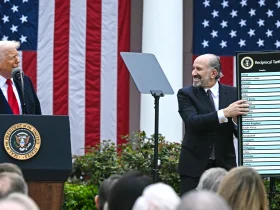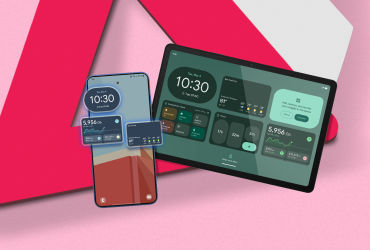Apple Flew Planes Full Of IPhones To The US To Dodge Tariffs: What Are Android Makers Up To?

Contents

Ryan Haines / Android Authority
TL;DR
- Apple reportedly flew five cargo planes from India to the US in late March to stockpile iPhones ahead of tariffs.
- While the airlift buys Apple time, the tariff hit is inevitable.
- Android OEMs, particularly Samsung, appear calmer under fire, possibly thanks to a diversified supply chain.
In a strategic move straight out of a spy thriller, Apple reportedly chartered not one, not two, but five cargo planes full of iPhones and other gear from India to the US in the span of just three days during the last week of March.
According to senior Indian officials speaking to The Times of India (TOI), this wasn’t a marketing stunt or a new kind of rapid delivery scheme. It was a full-blown tariff dodge.
Are you planning to buy a new phone before potential tariff-related price increases take effect?
15 votes
The urgency is understandable. The Trump administration slapped a 10% reciprocal import tariff on China, which became effective on April 5. To make matters worse, further tariff hikes followed close behind, and now, in a fresh blow to imports, the US has announced that it will levy up to 104% import duties on China starting midnight on April 9.
Sources also told TOI that Cupertino has no intentions (yet) of hiking retail prices in key markets like the US, which is why it began stockpiling inventory out of India and China during what is usually a sluggish shipping season.
Temporary relief
Apple’s strategy may have been clever but it’s a temporary fix for a long-term problem. By piling up inventory before the tariffs kicked in, Apple may have insulated itself from higher costs to some extent. But five planes full of iPhones will not be enough to keep the company immune from eventually footing the import bill or passing it down to consumers in the US.
Think of it like piling up sandbags in front of a flood. US warehouses are reportedly stuffed to the brim, giving Apple a few months at best before the tariffs catch up to the company.
If Apple eventually raises prices to offset higher costs, it won’t just be in the US; other key markets could also be affected, and so could Android phones.
What are Android phone makers doing?
While Apple is airlifting iPhones like it’s the tech version of Mission: Impossible, Android OEMs have been suspiciously silent. Brands like Samsung, Motorola, and Google are also exposed to these tariffs, but there’s been no public word on whether they’re also rushing devices across oceans or quietly hiking prices behind the scenes.
There may be a good reason behind Android makers’ silence, though. Samsung, for one, is sitting more comfortably because of supply chain diversification. Unlike Apple, Samsung has spread its smartphone manufacturing across a much wider footprint. Currently, over 100 million Samsung smartphones, more than half its total annual output, roll out of Vietnam, which faces a lower 43% tariff under Trump’s new reciprocal measures.
Samsung also has multiple backups. Roughly 30% of its production comes from India, which is subject to a lower 26% tariff. The remaining chunk of Samsung’s production is spread across Brazil (10% tariff), Indonesia (32%), and its hometown, South Korea (25%). The spread gives Samsung more flexibility than Apple, which manufactures 90% of its iPhones in China.
One thing’s for sure, though. Any increased costs from these tariffs are unlikely to stay on the balance sheets of tech companies for long. Consumers will most likely bear the brunt in the long run unless these tariffs are lowered. It’s basic economics that when manufacturing costs go up, product prices don’t stay flat for long. Also, if iPhone prices go up, the ripple effect could also reach the Android side.
Meanwhile, consumers also don’t seem to be waiting around to find out what’ll happen. According to a Bloomberg report, Apple store employees have likened the recent iPhone rush to a holiday shopping frenzy, with people panic-buying iPhones to lock in pre-tariff prices before potential hikes.
What’s your reaction?
Love0
Sad0
Happy0
Sleepy0
Angry0
Dead0
Wink0









Leave a Reply
View Comments